5 Lesser-Known Tribal Dances of India
- June 9, 2022

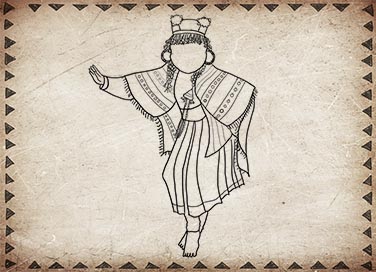
5 Lesser-Known Tribal Dances of India
- June 9, 2022
India is a land blessed with great diversity across all art forms and dance is no exception. All around the country, are folk dances with long traditions and proud histories attached to them. Here are some lesser-known tribal dance forms of India.
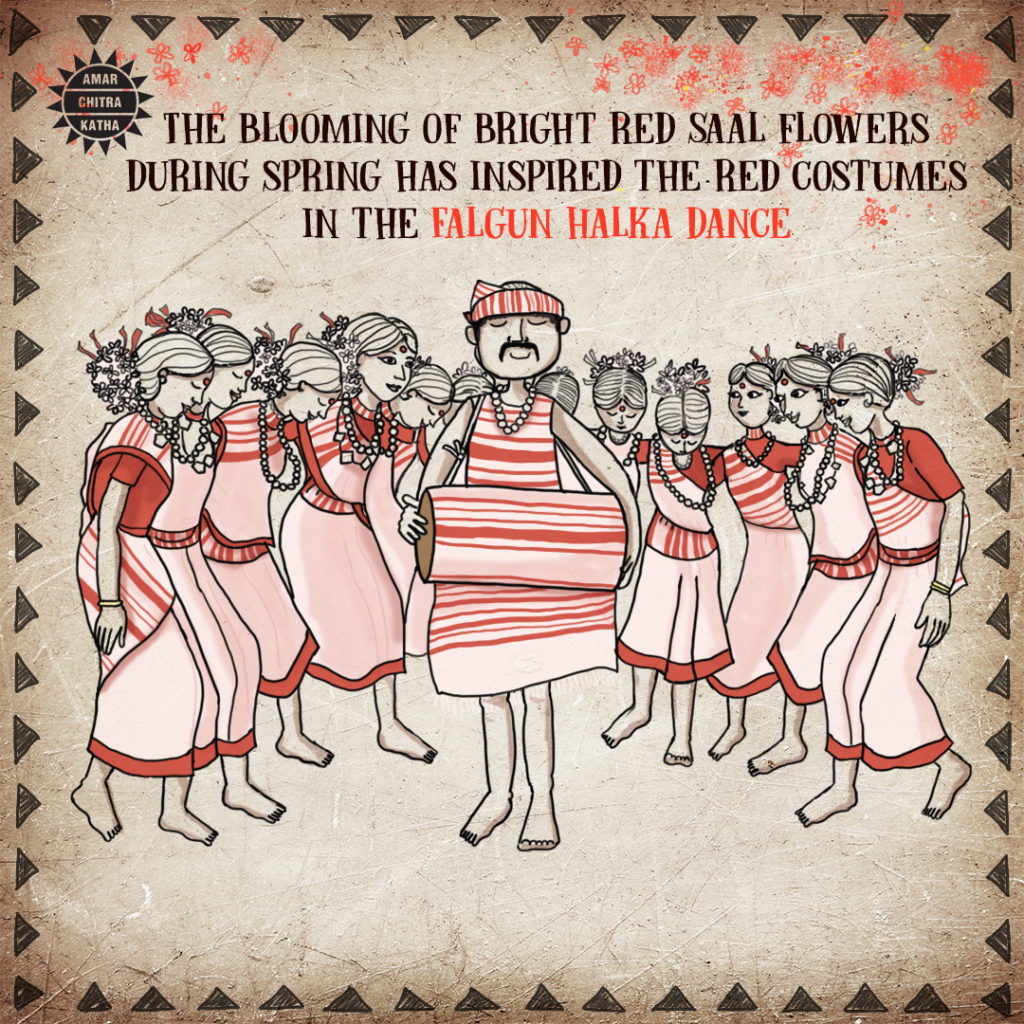
The Kharia tribe of Jharkhand perform the Falgun Halka dance as part of the festival of Sarhul. During this time, the people of the tribe march in merry processions, meet with friends and family, offer each other flowers and drink a local brew in celebration of spring. The Falgun Halka dance is an important part of the festival, as men and women dress up in traditional red costumes, inspired by the bright red Saal flowers. They interlock their hands and sway to the tunes of the flute and the beats of a drum called Mandar, as they offer prayers to Mother Nature.
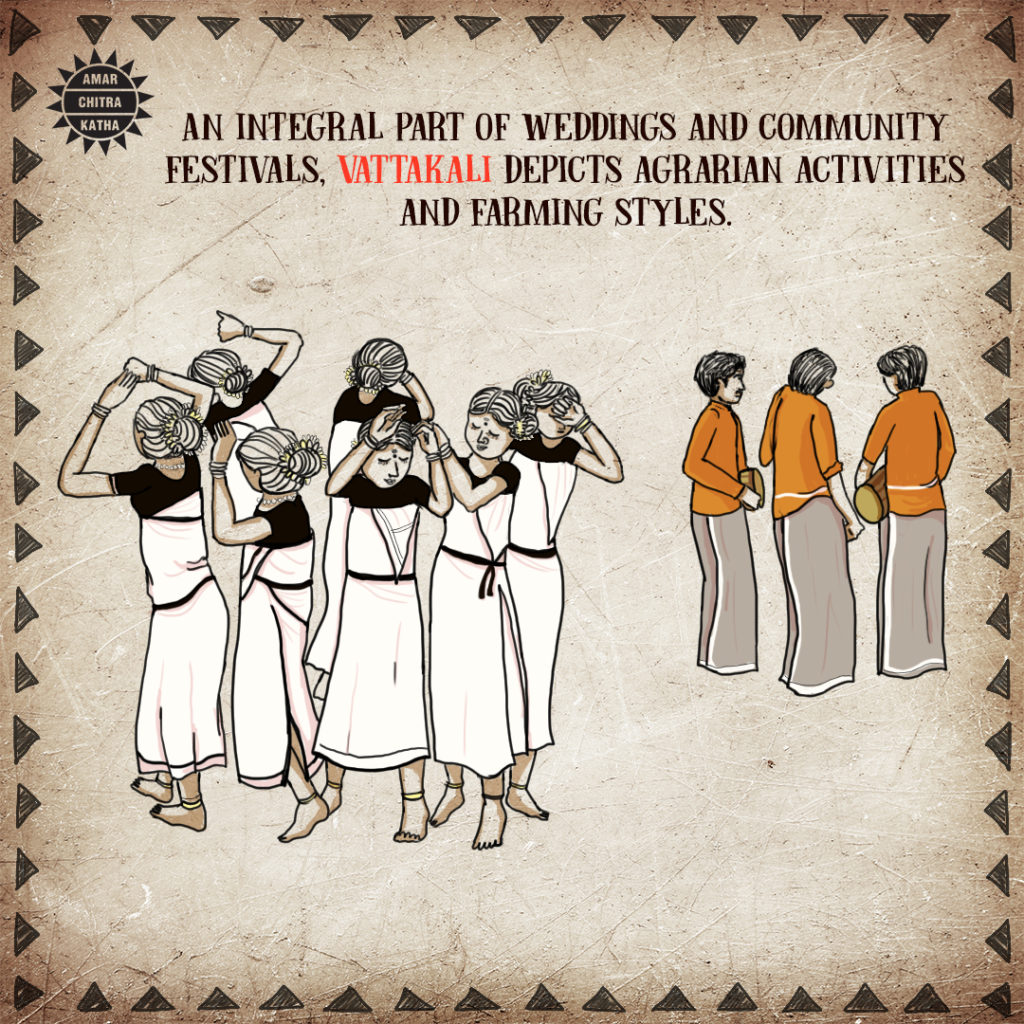
Vattakali is the folk dance performed by the Paniyas of Kerala. The dance depicts agrarian activities undertaken by the tribe and is an important part of community festivals, weddings and other such celebrations. The dancers move in circular formations and use props and agricultural tools as they move to the catchy rhythm of drums.
To receive more such stories in your Inbox & WhatsApp, Please share your Email and Mobile number.
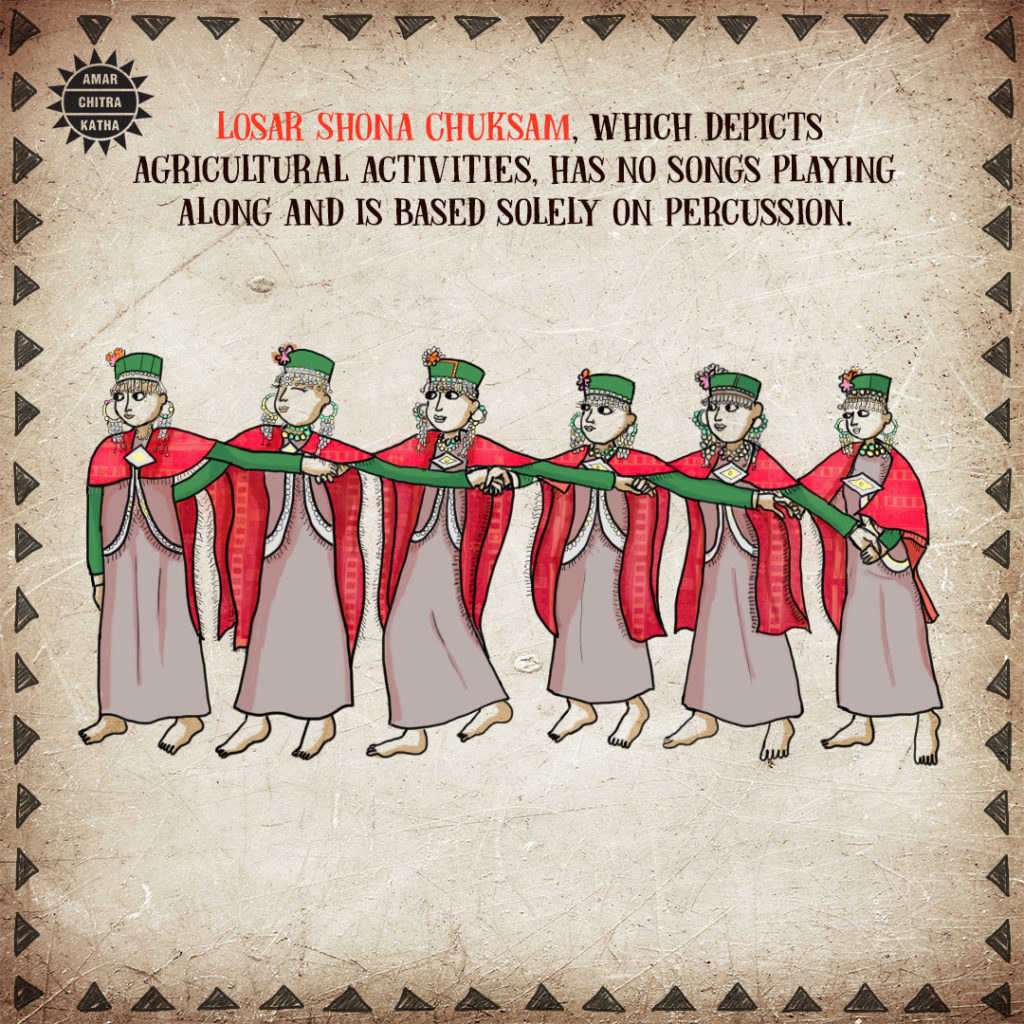
Performed by the Kinnaur tribe of Himachal Pradesh, the Losar Shona Chuksam dance is performed to celebrate the lunar new year occurring in April or May. The dancers dance with languid movements depicting the harvesting of grain, dipping their knees rhythmically. Drums and cymbals provide percussion for the dance and no songs are required.
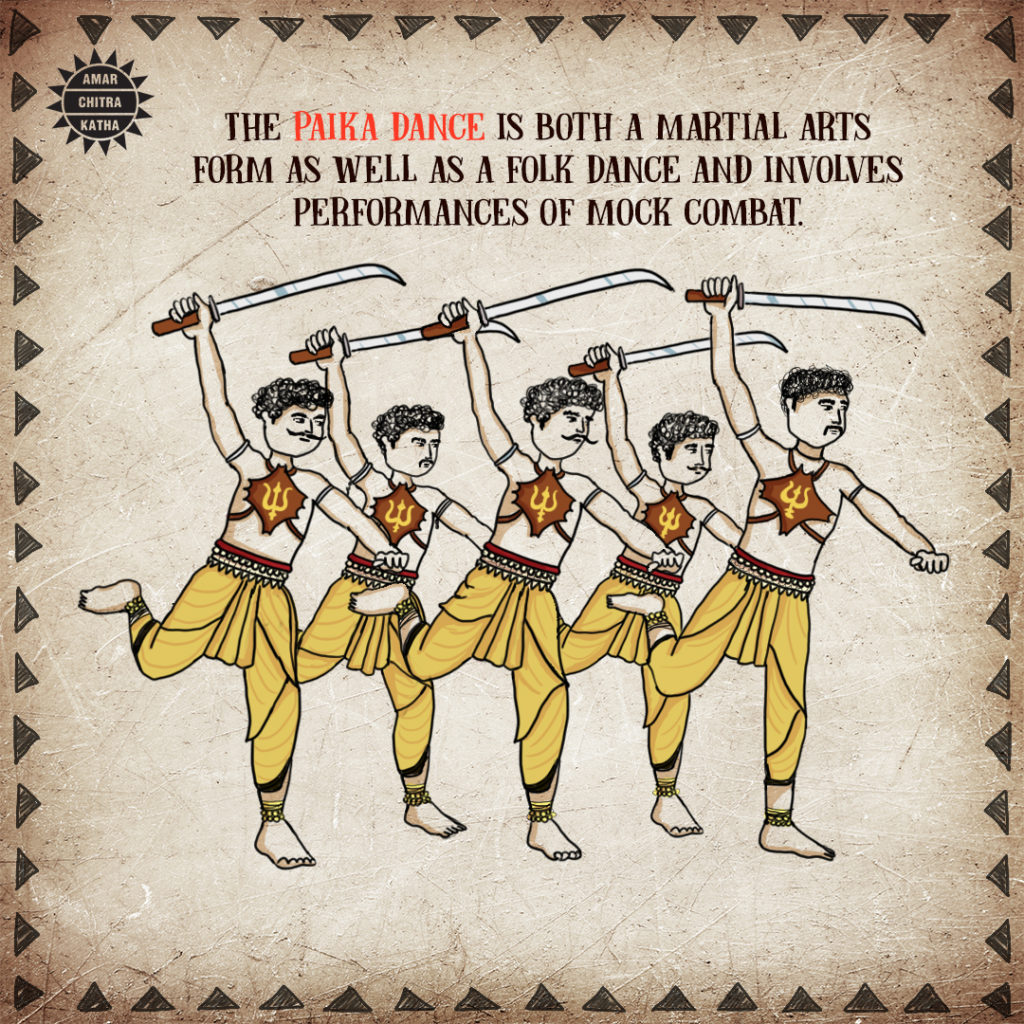
Performed by the Munda tribe of Jharkhand and Odisha, the Paika dance symbolises readiness for battle. The performers are dressed in bright costumes with frills and have peacock feathers tucked in their turbans. Armed with traditional double-edged swords and shields, the dancers engage in mock combat to the sound of drums and trumpets. Therefore, the Paika is a celebration of the deftness and skill of the warrior.
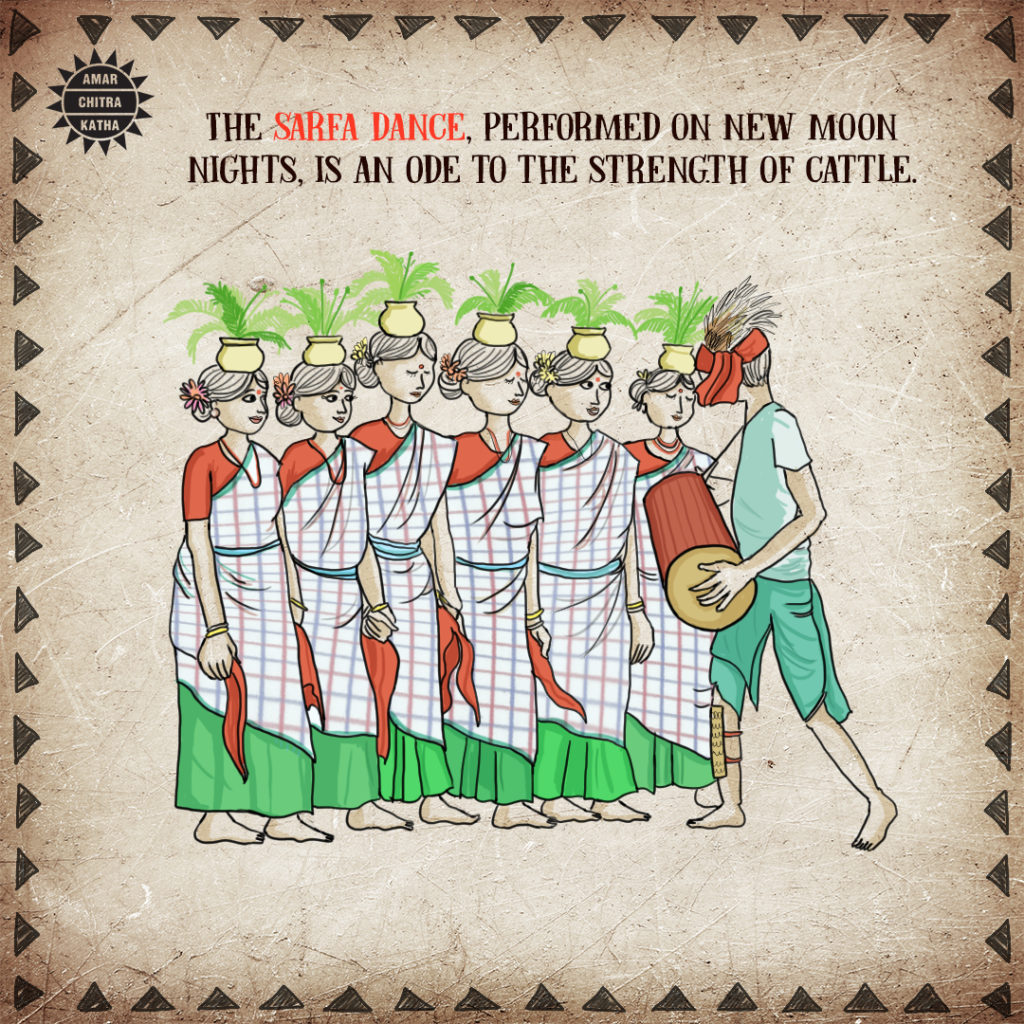
The Sarfa dance is performed by the Santhal tribes of East India, predominantly in West Bengal, Odisha and Jharkhand. The dance is performed on new moon nights in the month of Ashvin, which falls in September and October. The dance is meant to celebrate the glory of nature, honour their cattle and offer prayers to the earth. Women, wearing bright costumes, balance decorated pots on their heads as they sing and dance to the tunes of Sarfa, the wooden instrument used in the celebrations.
To receive more such stories in your Inbox & WhatsApp, Please share your Email and Mobile number.

Comic of The Month
The Naval Journey of India Book I
This book is the first of a three-book series that takes a deep and detailed look at India's Naval History and a deep insight into the lives of our men and women in white. But any series on the Indian Navy has to start at the very beginning - exploring India's celebrated maritime history. Join our little hero, Bharat, and his grandfather, Commodore Sagar, as they sail into the deep blue waters of time. Book I of The Naval Journey of India takes a sweeping look at India's maritime endeavours, how the seas impacted us over millennia and how the oceans made us who we are.